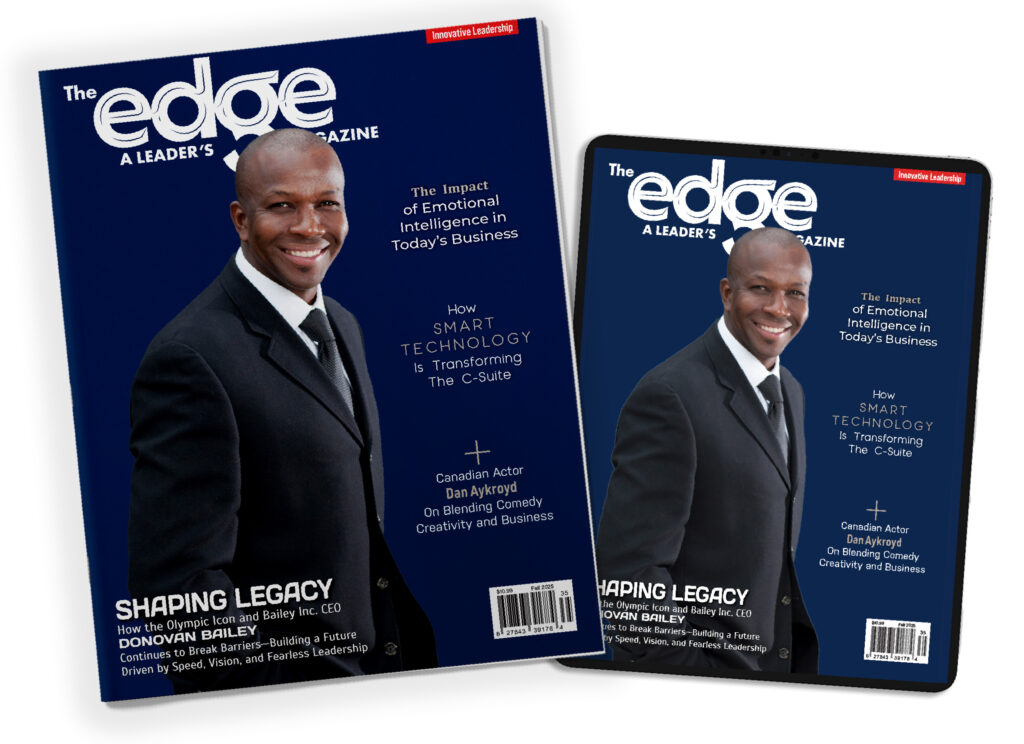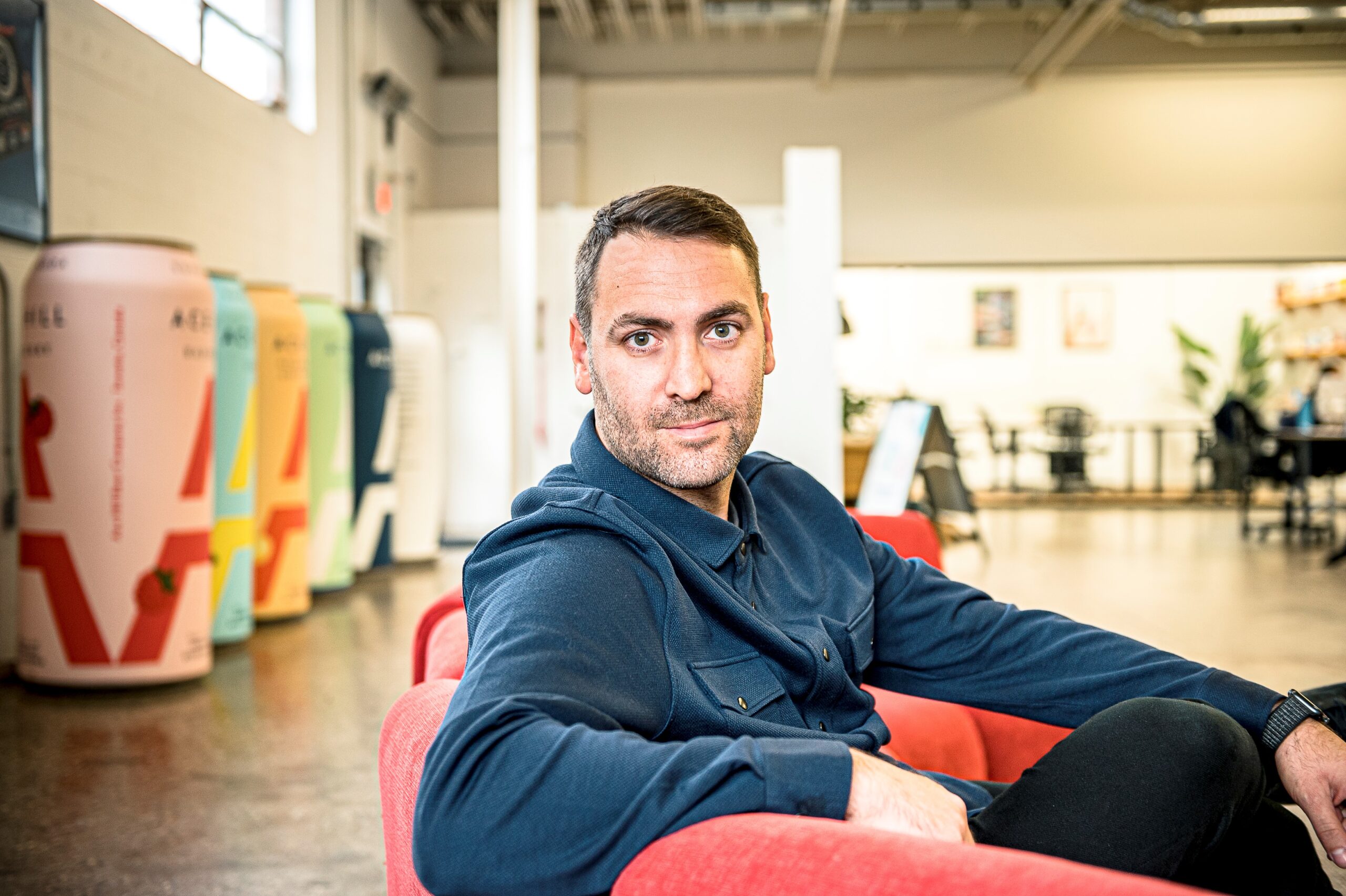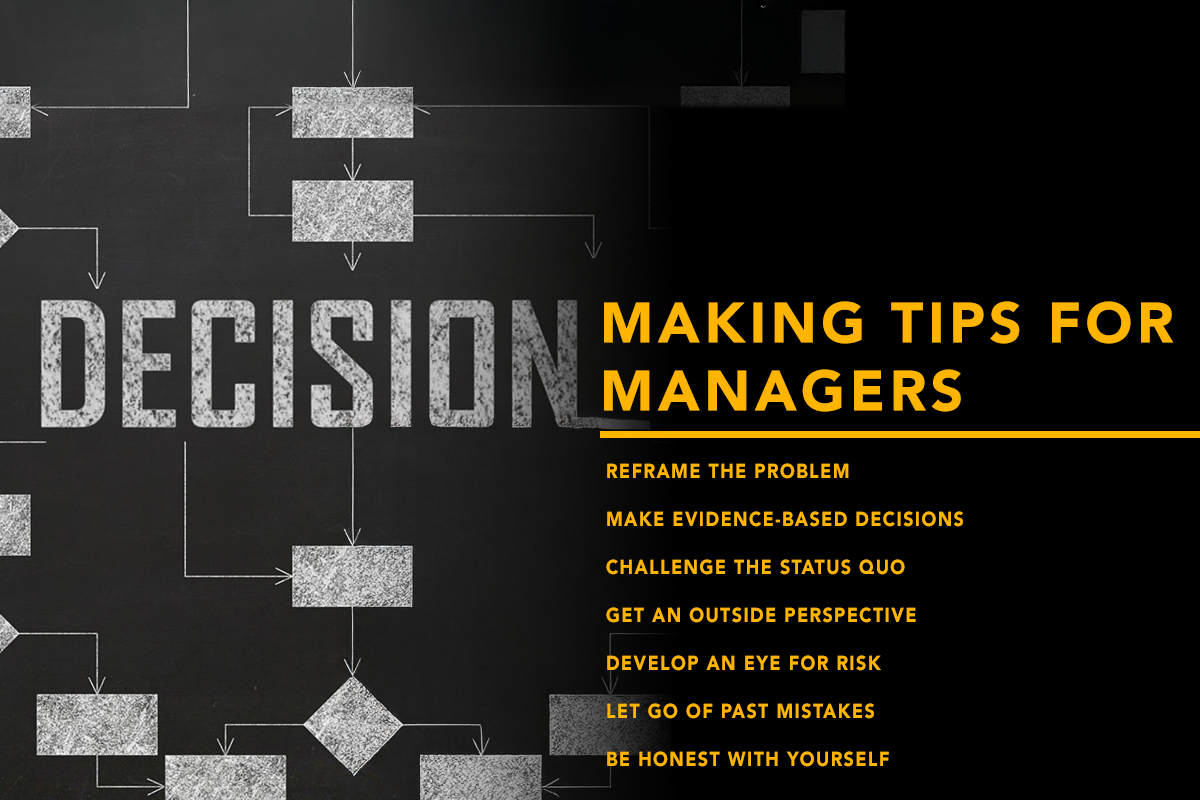The union of art and technology has fostered creativity in a new realm, and has pushed the boundaries of creation. Digital art has been around for decades: in video games, movies and music. More than 10 years ago, people started exploring immersive virtual reality devices such as the Oculus that submerges the user in another universe. The intersection of art and technology is an innovative place that has changed how we make and consume art.
Digital art is a form of art that is created using digital technology, including computers, software, and electronic devices. It has transformed the way art is created and consumed, leading to new forms of expression and more creative possibilities. It has changed the nature of art as we know it.
Tech and Visual Art
Through the use of artificial intelligence, virtual reality and augmented reality make it possible for audiences to interact with and immerse themselves in virtual art exhibits. Not only is the experience different, but people can discover and connect with art from their own homes. Some notable virtual art exhibitions include The Louvre’s Online Tours, The Museum of Modern Art’s Virtual Views and The Smithsonian National Museum of African American History and Culture online exhibitions. Technology has made it possible to have access to art, no matter where you are in the world.
Technology is also reshaping the fashion industry and how designers approach their designs and marketing. On one hand, digitally capable apparel such as smart clothing and responsive sportswear have been around for many years, and developed quickly since its inception. In the more artistic realm of fashion, brands have been able to create novel fabrics. As people move away from eco-leather because of its unsustainable quality, brands like Modern Meador are creating lab-grown leather without harming animals. Other companies like EntoGenetics are inventing really durable spider silk.
Tech in Fashion
Another avenue for biodegradable clothing is 3D printing. From shoes to accessories to dresses, 3D printing is becoming an important part of sustainable and eco-friendly designs. With this technology, manufacturers would only need to use the amount of material that is necessary to create the item, reducing textile waste. It is also used to make clothes more comfortable. By 3D scanning a body, clothes can be created to perfectly fit that body. Footwear is another big sector in the fashion industry that utilizes technology to its benefit. Big brands like Adidas and Nike have launched 3D-printed shoes.
Tech in the Music Industry
Technology plays a key role in the way we create and consume music. For creators, AI can spot patterns and trends in data using advanced algorithms and machine learning techniques—this allows artists and producers to know which songs to promote. It can also help mix and master music, and enhance the quality of the track for whatever platform it’s presented on (i.e., Apple Music or Spotify,) saving the creator time and energy.
For the consumer, it has changed the way we listen to and experience music. Concerts were not an option during the pandemic, so we discovered new ways of immersing ourselves in the music. With virtual reality headsets like the Oculus, we can immerse ourselves in another world as if we were actually there. Tech has forged new paths for music lovers long before the Oculus. Walkman’s and other portable music players changed how we listened to music. Speakers with Bluetooth capabilities and music streaming services allowed people to share their music and enjoy their favourite songs anywhere, anytime. Chances are, if you listen to music, you’re using tech and some form of AI. For example, Spotify can create a playlist for you by detecting the kind of songs you’ve listened to in the past.
We’ve also seen tech revolutionize the live music experience in the form of holographic artists that can sing and dance on stage and live streaming services that make it possible to watch from anywhere in the world. Virtual reality music videos shot in 360 degrees also give fans and music enthusiasts a different way to experience their favourite songs.
Although AI and other media of technology can accelerate production and create new worlds for the art industry, it hasn’t replaced the human element. The emotional element that is central to all works of art is humanly created, and technology can only complement it. Technology is only as good as the person using it.
There is a lot to look forward to in the future of digital art and technology in the creative world. With the inception of the metaverse and other tools, technology will continue to transform the art world in unexpected ways. It will help expand the horizons for art, and help break down barriers between different art forms like music, film, and visual art. We can look forward to more advanced and interactive digital experiences in the future.//
Helen Jacob | Contributing Writer




















